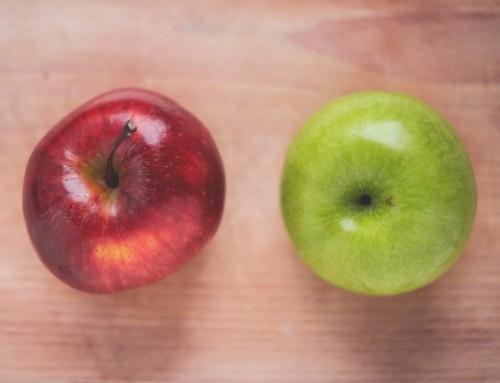The life force
The concept of a life force is found in most of the ancient cultures of the world.
In India, it is called prana; in China, chi; in Japan, ki; for Native Americans, the Great Spirit. For all these cultures and others as well, the idea of life force is central to their forms of medicine and healing.
Traditional Chinese Medicine is based on balancing and enhancing “chi” to bring the body into a state of health. In order to maintain optimal health, energy should circulate throughout your entire body, without disruption, in a smooth, powerful fashion.
Let’s see how the science-based research explain the production of energy in our body.
How the cells in our body obtain energy from food then?
The energy is derived from the chemical body energy in food molecules, which then serve as information/fuel for cells.
Glucose breakdown dominates energy production in most animal cells.
The proteins, lipids, and polysaccharides that make up most of the food we eat must be broken down into smaller molecules before our cells can use them—either as a source of energy or as building blocks for other molecules.
The large polymeric molecules in food are broken down during digestion into subunits— for ex: proteins into amino acids,—through the action of enzymes. After digestion, the small organic molecules derived from food enter the cell, where their gradual oxidation begins. Oxidation ends in the major energy-converting organelle, the mitochondrion.
This mithocondria are the so-called “powerhouses” or power plants of the cell. On the microscopy the mitochondria are incredibly dynamic. They are constantly dividing, fusing, and changing shape. Division is stimulated by energy demand. So in our muscle cell the production of mitochondria is high, to keep up with the energy demand.
The interface between food and energy production is our gastrointestinal (GI) tract.
This system is responsible for converting our food into chemical messages through the processes of digestion and absorption.
However, the GI tract doesn’t only digest and absorb food. It also has its own independently working nervous system (aka the enteric nervous system). Therefore, the GI tract is rich in neurotransmitters, hormones, chemical messengers, enzymes, and bacteria. Indeed, it’s even home to 70 percent of your body’s entire immune system!
The proper function of the GI system is incredibly important to our health.
Sometimes these following can wreak havoc on our GI optimum function:
- enzyme deficiency
- microbial imbalance
- motility issues
- detoxification abnormalities
- intestinal permeability
- inflammation
A nutritional therapist is there to help to optimize you gastrointestinal tract function in order to improve any symptoms of imbalance and achieve higher energy production.
Energy meals and tips for you
- Choose energy-producing foods like brown rice, wholegrain pasta, whole meal bread, couscous, millet, barley, beans or lentils, sweet potato and a variety of vegetables/fruit.
These all help releasing energy gradually, due to their high fiber content. Fiber helps to keep blood sugar levels balanced, which is crucial for balancing energy levels and to keep you fuller for longer.
- Avoid energy-depleting foods like white: rice, bread, pasta, potato.
Although these foods contain energy, as they lack fiber this is quickly up, contribute to blood sugar imbalance by producing a short burst of energy followed by an energy dip, which can cause cravings, reduce concentration and productivity.
- Add up proteins that keep you full and energized, so your appetite will be under control in the long run.
Choose easily digestible protein sources, such as chicken, fish, eggs, beans and lentils and tofu/tempeh.
Reduce foods that contain hard to digest protein, such as red meat and full-fat dairy as they use up more energy being digested.
- Remember the “essential” fats needed for digestion, cell health and efficient brain functioning.
Choose oily fish from the acronym SMASH: salmon, mackerel, anchovies, sardines, herrings. Very healthy fat is also from avocado, un-salted nuts (except peanuts), seeds such as pumpkin, sunflower/sesame seeds, flax or extra virgin olive oil.
Our brains contain a high percentage of “essential” fats, so daily consumption is crucial for maintaining concentration and memory during your working day.
- Take It Easy & Chew:
When eating lunch stop working if you can. You can only digest food efficiently and release its energy when relaxed. The digestive process actually begins in the brain, with the sight, smell or thought of food stimulating this. If you eat on the run your digestive system simply won’t catch up.
Be Healthy, Be Happy



Leave A Comment